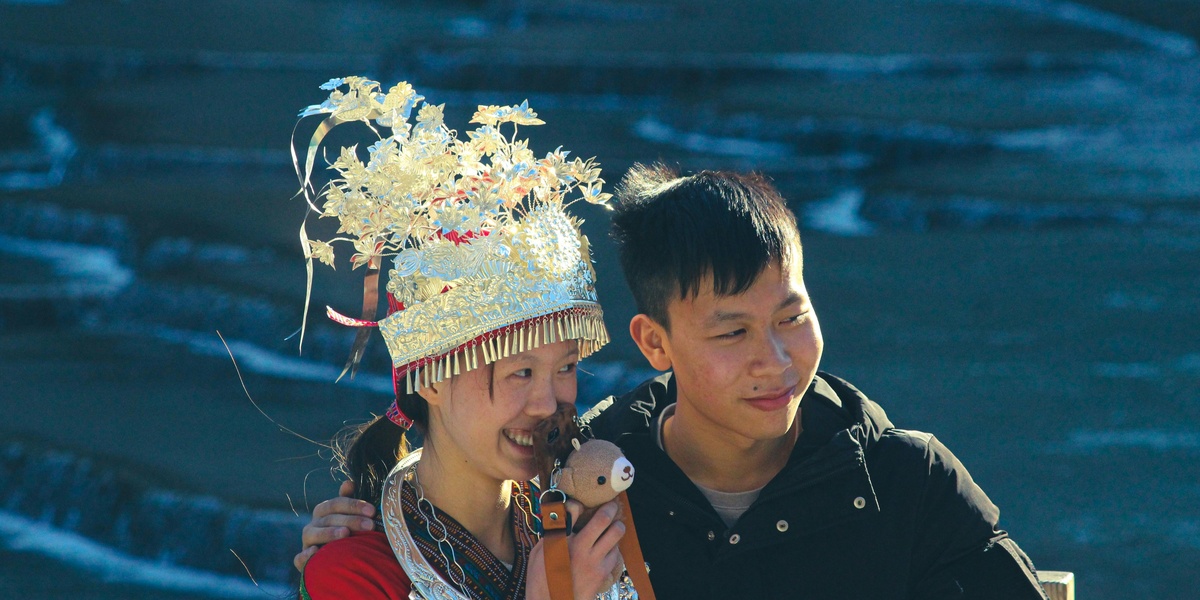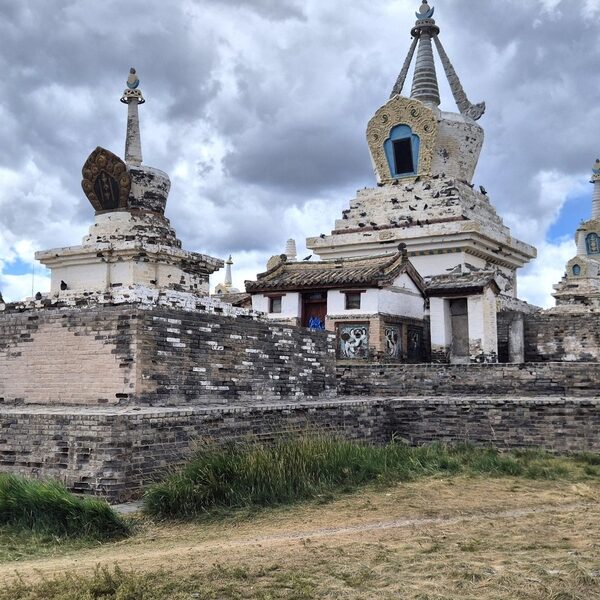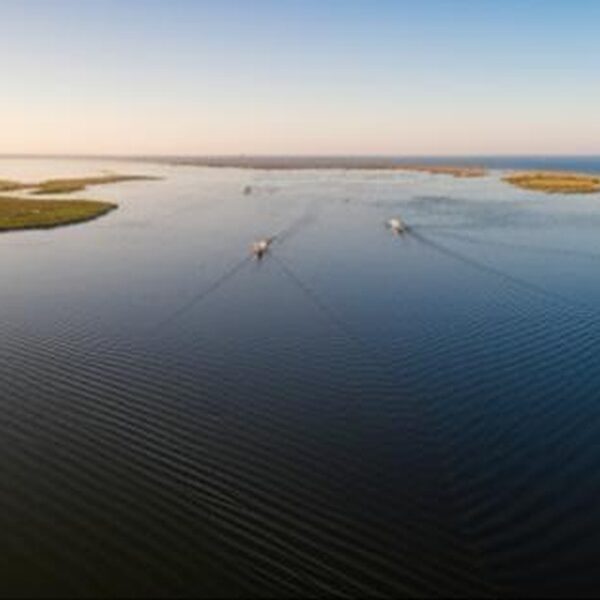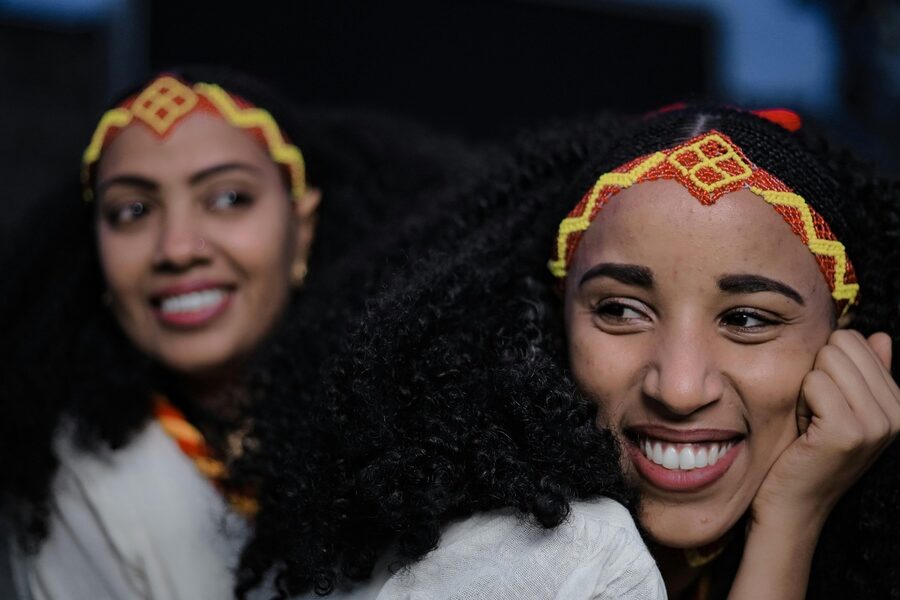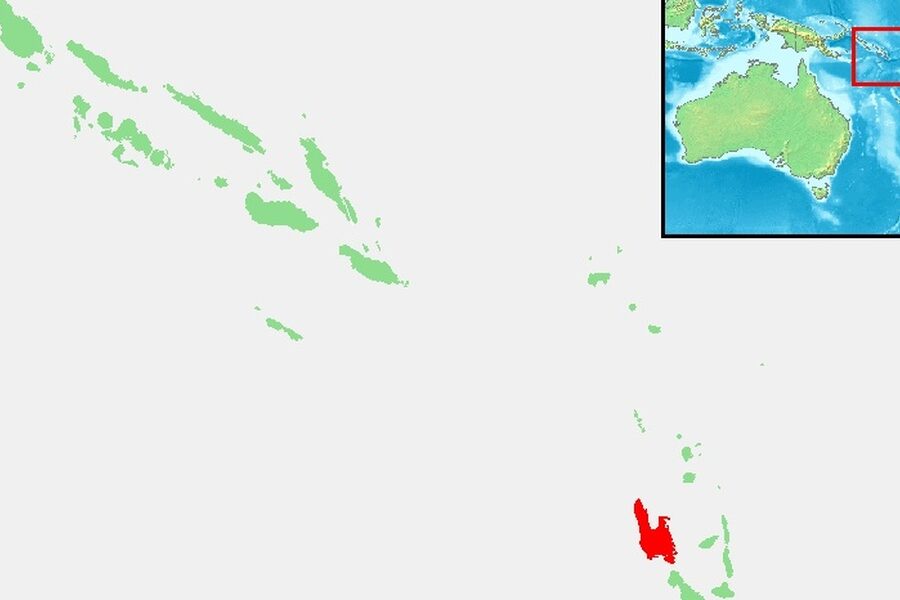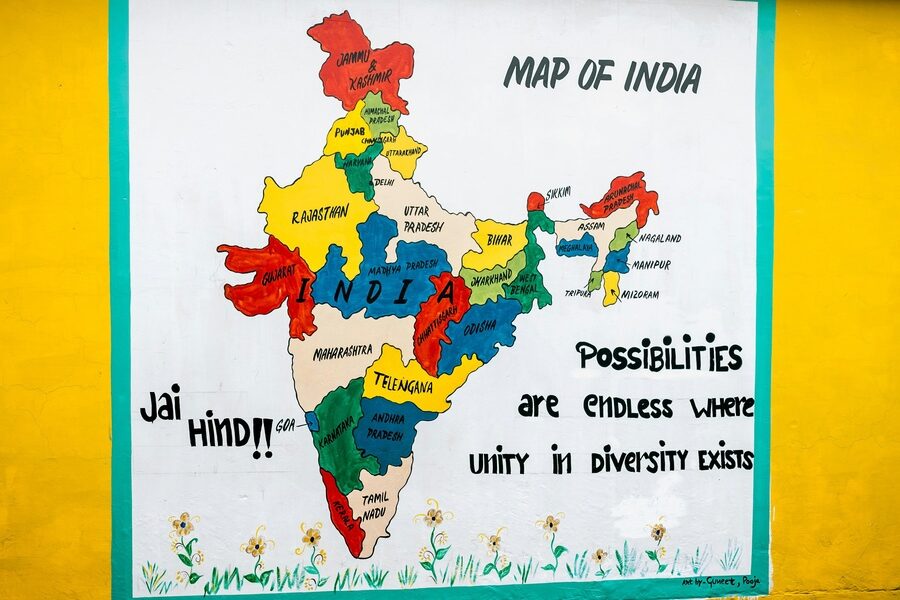Southeast Asia is a region of deep cultural variety, where mountains, islands and long histories of trade have produced many distinct communities. Everyday life, belief systems and languages reflect that long mix of local and external influences.
There are 47 Ethnic Groups in Southeast Asia, ranging from Acehnese to Yao. For each group you’ll find below Country/Region,Population (people),Language(s) so you can quickly compare location, estimated size and primary languages; you’ll find the full list below.
How were these 47 ethnic groups selected?
The groups are drawn from commonly used national censuses and ethnographic sources, favoring self-identified communities and widely recognized names; the aim was to include distinct groups across the region rather than overlapping umbrella categories.
Can I trust the population figures to be exact?
Not always—census methods, date of data and definitions vary by country, so the numbers are best treated as estimates for comparison; check the source notes for each entry if you need precise or up-to-date counts.
Ethnic Groups in Southeast Asia
| Name | Country/Region | Population (people) | Language(s) |
|---|---|---|---|
| Acehnese | Indonesia (Aceh, Sumatra) | 4,200,000 | Acehnese, Indonesian |
| Aeta | Philippines (Luzon) | 50,000 | Aeta languages, Tagalog |
| Akha | Thailand, Laos, Myanmar (Northern highlands) | 500,000 | Akha |
| Balinese | Indonesia (Bali) | 4,200,000 | Balinese, Indonesian |
| Bamar | Myanmar (Irrawaddy basin) | 32,000,000 | Burmese |
| Batak | Indonesia (North Sumatra) | 8,500,000 | Batak languages, Indonesian |
| Bajau | Philippines, Malaysia, Indonesia (Sulu Sea) | 1,100,000 | Sama-Bajaw languages |
| Bidayuh | Malaysia (Sarawak, Borneo) | 220,000 | Bidayuh, Malay, English |
| Bicolano | Philippines (Bicol Peninsula, Luzon) | 6,000,000 | Bikol languages, Filipino |
| Bugis | Indonesia (South Sulawesi) | 7,000,000 | Buginese, Indonesian |
| Cebuano | Philippines (Visayas, Mindanao) | 22,000,000 | Cebuano, Filipino |
| Cham | Cambodia, Vietnam | 500,000 | Cham, Khmer, Vietnamese |
| Chin | Myanmar (Chin State), India | 1,500,000 | Chin languages, Burmese |
| Dayak | Indonesia, Malaysia (Borneo) | 6,000,000 | Dayak languages |
| Hiligaynon | Philippines (Western Visayas) | 9,300,000 | Hiligaynon (Ilonggo), Filipino |
| Hmong | Vietnam, Laos, Thailand (Northern highlands) | 2,700,000 | Hmong languages |
| Iban | Malaysia, Indonesia (Borneo) | 1,100,000 | Iban, Malay |
| Ilocano | Philippines (Northern Luzon) | 10,000,000 | Ilocano, Filipino |
| Isan | Thailand (Northeast) | 22,000,000 | Isan (Lao), Thai |
| Javanese | Indonesia (Java) | 100,000,000 | Javanese, Indonesian |
| Kachin | Myanmar (Kachin State) | 1,500,000 | Jingpho, other Kachin languages |
| Kadazan-Dusun | Malaysia (Sabah, Borneo) | 600,000 | Dusun languages, Malay |
| Karen | Myanmar, Thailand (Eastern border) | 7,000,000 | Karen languages |
| Khmer | Cambodia | 16,000,000 | Khmer |
| Khmu | Laos, Vietnam, Thailand (Northern regions) | 900,000 | Khmu |
| Kinh | Vietnam | 82,000,000 | Vietnamese |
| Lao | Laos, Thailand | 4,000,000 | Lao |
| Lanna | Thailand (Northern) | 6,000,000 | Northern Thai (Kham Mueang), Thai |
| Madurese | Indonesia (Madura, East Java) | 7,500,000 | Madurese, Indonesian |
| Malay | Malaysia, Indonesia, Brunei, Singapore, Thailand | 30,000,000 | Malay |
| Minangkabau | Indonesia (West Sumatra) | 7,000,000 | Minangkabau, Indonesian |
| Mon | Myanmar, Thailand | 2,000,000 | Mon, Burmese, Thai |
| Moro | Philippines (Mindanao, Sulu) | 6,000,000 | Tausug, Maguindanaon, Maranao |
| Muong | Vietnam (Northern mountains) | 1,500,000 | Muong, Vietnamese |
| Rakhine | Myanmar (Rakhine State) | 2,000,000 | Rakhine (Arakanese) |
| Rohingya | Myanmar (Rakhine State) | 1,000,000 | Rohingya |
| Sasak | Indonesia (Lombok) | 3,300,000 | Sasak, Indonesian |
| Shan | Myanmar (Shan State), Thailand | 6,000,000 | Shan, Burmese, Thai |
| Sundanese | Indonesia (West Java) | 40,000,000 | Sundanese, Indonesian |
| Tagalog | Philippines (Central/Southern Luzon) | 30,000,000 | Tagalog, Filipino |
| Tausūg | Philippines, Malaysia (Sulu Archipelago, Sabah) | 1,400,000 | Tausūg |
| Tay | Vietnam (Northeast) | 1,900,000 | Tay, Vietnamese |
| Tetum | Timor-Leste, Indonesia (West Timor) | 800,000 | Tetum |
| Thai | Thailand | 36,000,000 | Thai |
| Toraja | Indonesia (South Sulawesi) | 1,200,000 | Toraja-Sa’dan, Indonesian |
| Wa | Myanmar (Shan State), China | 1,000,000 | Wa |
| Yao | Vietnam, Laos, Thailand (Northern highlands) | 1,000,000 | Iu Mien, other Yao languages |
Images and Descriptions
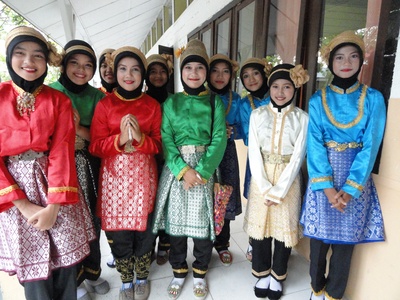
Acehnese
Hailing from the northern tip of Sumatra, the Acehnese people are known for their devout Islamic faith and a long history of resistance against colonial rule. Their culture is rich with unique traditions, including the dynamic Saman dance, recognized by UNESCO.
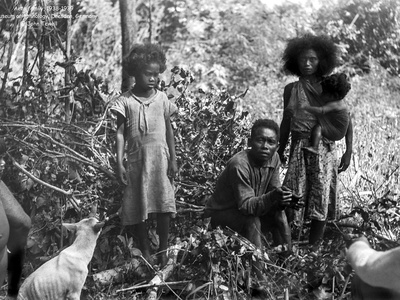
Aeta
The Aeta are among the earliest inhabitants of the Philippines, known for their distinct dark skin and curly hair. Traditionally hunter-gatherers living in the mountainous regions of Luzon, they possess a deep knowledge of the forest and a resilient, unique cultural heritage.
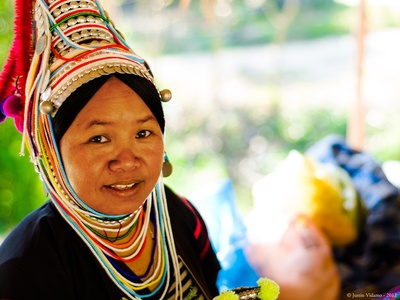
Akha
Originally from China, the Akha people live in the mountains of several Southeast Asian countries. They are known for their strong animist beliefs, intricate agricultural practices, and the elaborate, silver-adorned headdresses worn by their women, which signify their age and marital status.
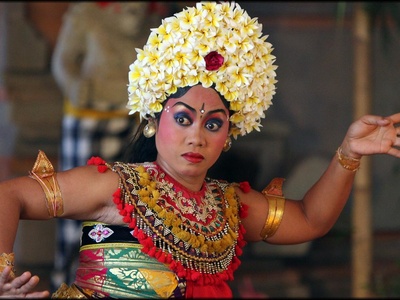
Balinese
Inhabiting the island of Bali, the Balinese are famous for their unique form of Hinduism, which permeates every aspect of life. Their culture is celebrated globally for its sophisticated arts, including traditional dance, gamelan music, and elaborate religious festivals and temple ceremonies.
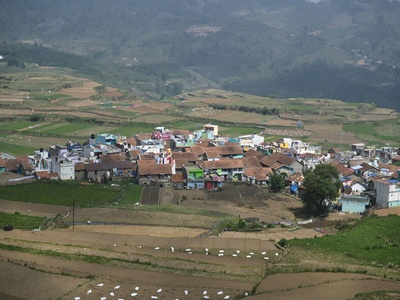
Bamar
The dominant ethnic group in Myanmar, the Bamar primarily reside in the fertile Irrawaddy River basin. Their culture is deeply intertwined with Theravada Buddhism, which is evident in the thousands of ancient temples and pagodas that dot the landscape, particularly in Bagan.
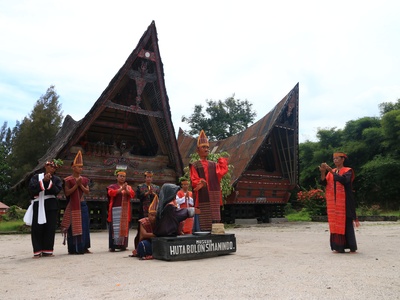
Batak
The Batak are a collective of related ethnic groups from the highlands of North Sumatra. They are known for their vibrant cultural traditions, distinctive clan-based social structures (marga), and unique architectural styles seen in their large, saddle-roofed communal houses.
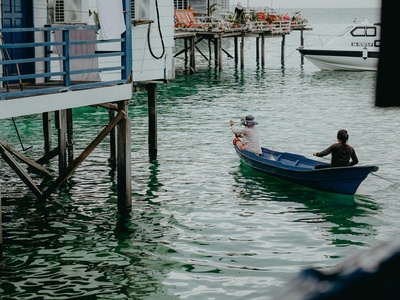
Bajau
Often called “Sea Nomads” or “Sea Gypsies,” the Bajau people traditionally live a maritime life on houseboats or in stilt villages. They are famous for their extraordinary free-diving abilities, allowing them to hunt and gather resources deep beneath the ocean’s surface.
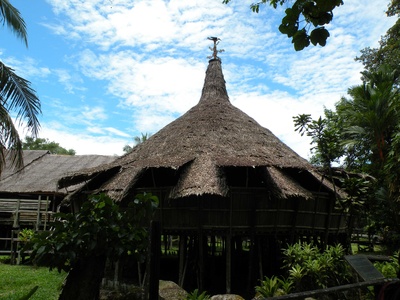
Bidayuh
Native to the southern part of Sarawak in Borneo, the Bidayuh are known as “Land Dayaks.” Traditionally living in longhouses, they have a rich heritage of agriculture, animist beliefs, and unique cultural practices, including distinctive bamboo-based architecture and music.
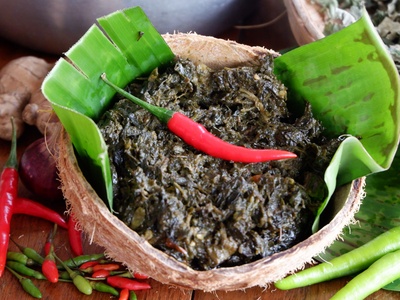
Bicolano
Hailing from the Bicol Peninsula on Luzon island, the Bicolano people are known for their distinctive cuisine, which famously features coconut milk and chili peppers (sili). Their culture is also marked by strong Catholic traditions and epic folklore, like the Ibalong epic.
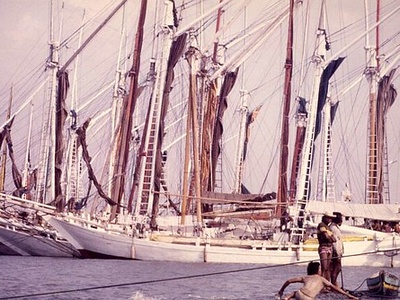
Bugis
The Bugis are a prominent maritime ethnic group from South Sulawesi, renowned for their history as sailors, traders, and warriors. Their traditional Phinisi sailing ships are a UNESCO intangible cultural heritage, and their epic poem, “La Galigo,” is one of the world’s longest.
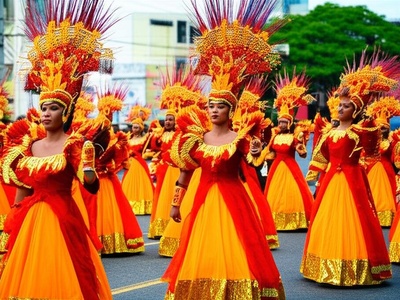
Cebuano
As the second-largest ethnolinguistic group in the Philippines, the Cebuano people are primarily found in the Central Visayas region. Their language is widely spoken, and their culture has a strong Spanish-Catholic influence, famously expressed through the vibrant Sinulog Festival in Cebu City.

Cham
The Cham are descendants of the ancient Champa Kingdom, which once ruled parts of modern-day Vietnam. Today, they are a minority group known for their unique blend of Islamic and pre-Islamic traditions, intricate weaving, and distinct cultural identity.
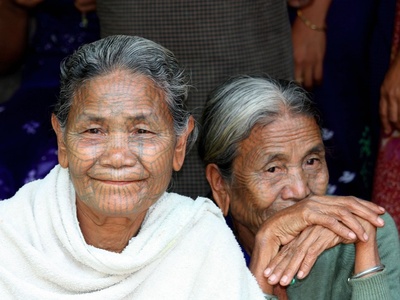
Chin
Living in the mountainous Chin State of western Myanmar, the Chin people comprise numerous related sub-groups. They are known for their strong Christian faith, diverse textile traditions, and a history of resilience in a rugged, remote homeland.
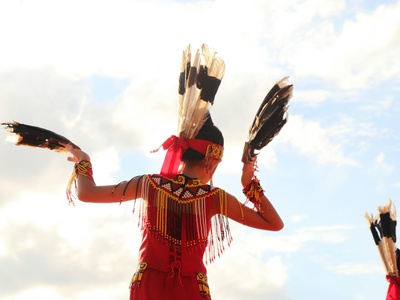
Dayak
Dayak is a collective term for the diverse indigenous peoples of Borneo. Historically known for their longhouse communities, riverine lifestyles, and headhunting traditions (now defunct), they possess a rich oral history, intricate body tattoos, and deep connections to the rainforest environment.
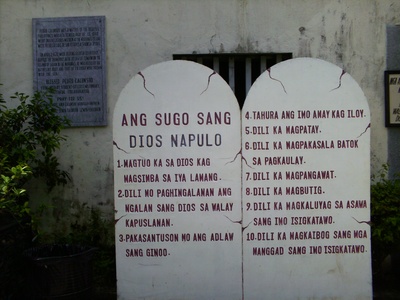
Hiligaynon
Also known as Ilonggos, the Hiligaynon people are native to the Western Visayas region. They are known for their gentle and refined demeanor, a rich culinary heritage featuring dishes like La Paz Batchoy, and the colorful and grand Dinagyang Festival in Iloilo City.
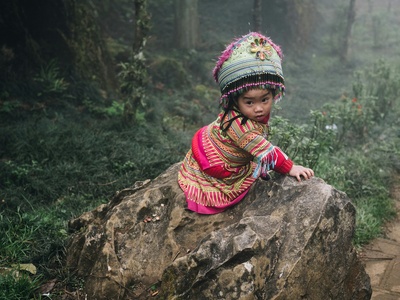
Hmong
The Hmong are an ancient people from the mountainous regions of Southeast Asia and China. They are known for their strong clan-based social structure, vibrant traditional clothing with intricate embroidery (paj ntaub), and a history of resilience and migration across borders.
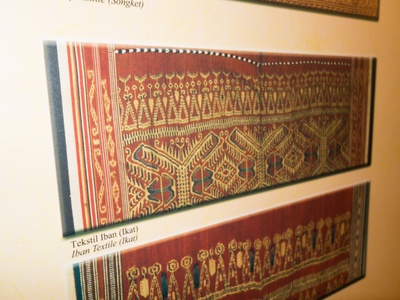
Iban
The Iban are a branch of the Dayak peoples of Borneo, historically renowned as fearsome warriors and for their past practice of headhunting. They traditionally live in longhouses along rivers and are known for their intricate weaving (Pua Kumbu) and rich oral traditions.
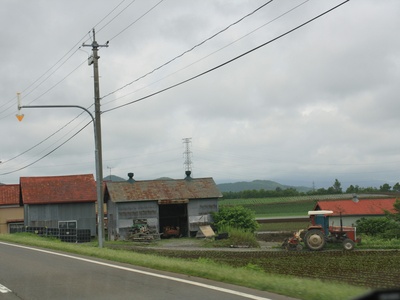
Ilocano
Originating from the rugged Ilocos region of northern Luzon, the Ilocano people are known for their reputation as being hardworking and thrifty. Their culture is reflected in a distinct cuisine, epic literature like the “Biag ni Lam-ang,” and significant diaspora communities.
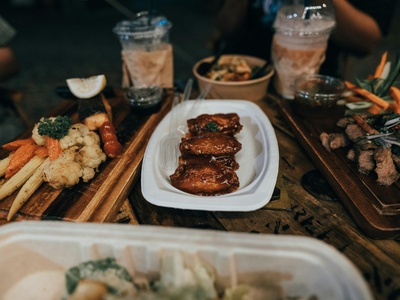
Isan
The Isan people inhabit the northeastern region of Thailand and share strong cultural and linguistic ties with the Lao people across the Mekong River. Their culture is famous for its spicy and flavorful cuisine, traditional mor lam music, and vibrant local festivals.
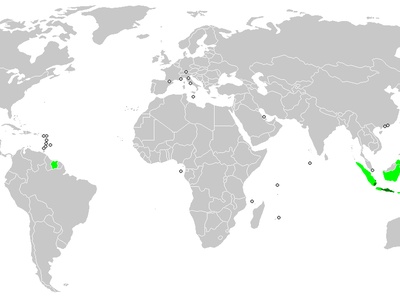
Javanese
As the largest ethnic group in Southeast Asia, the Javanese are native to the island of Java. Their culture, known for its intricate batik art, gamelan music, and wayang puppet theater, has profoundly influenced Indonesia and the wider region for centuries.
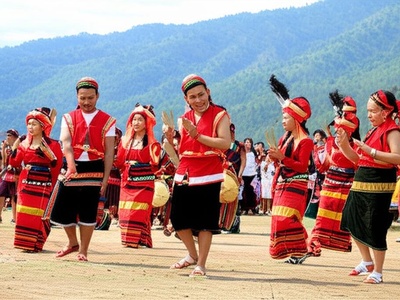
Kachin
The Kachin are a confederation of ethnic groups from the mountainous northern regions of Myanmar. They are known for their martial heritage, complex clan system, and the celebratory Manaw festival, a major cultural event featuring traditional dances and feasts.
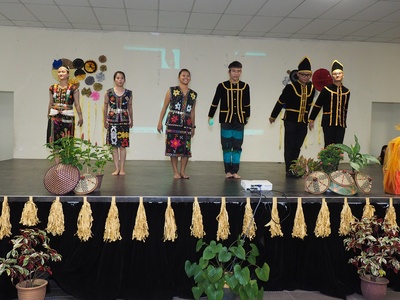
Kadazan-Dusun
The largest indigenous group in Sabah, Malaysia, the Kadazan-Dusun are a composite of two closely related peoples. Traditionally agriculturalists, they are famous for their Kaamatan (harvest festival), rice wine (lihing), and unique cultural music and dance.
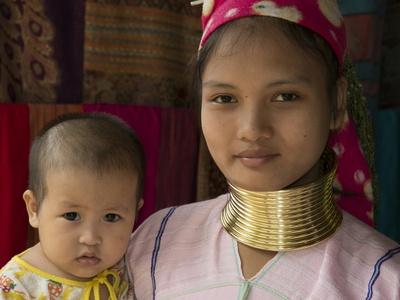
Karen
The Karen people are a diverse group primarily living in the hills along the Myanmar-Thailand border. They are known for their long struggle for autonomy, a strong sense of identity, and cultural traditions that include bronze drum music and weaving.
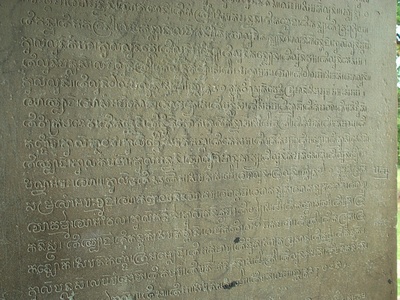
Khmer
The Khmer are the majority ethnic group of Cambodia, with a history dating back to the powerful Khmer Empire. Their cultural legacy includes the magnificent temples of Angkor Wat, classical court dance (Apsara), and a deep connection to Theravada Buddhism.
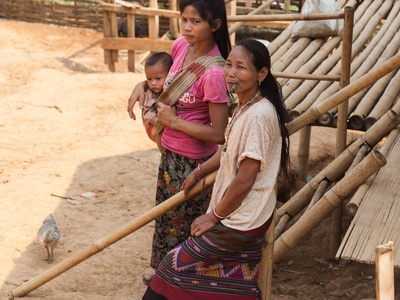
Khmu
The Khmu are an indigenous people primarily inhabiting the mountainous regions of northern Laos. As one of the original inhabitants of the area, they have a rich animist spiritual tradition, renowned basket-weaving skills, and a distinct linguistic heritage.
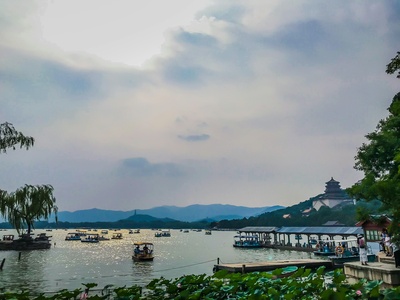
Kinh
The Kinh, or Viet, are the dominant ethnic group of Vietnam, concentrated in the lowland river deltas. Their culture, shaped by centuries of Chinese influence and French colonialism, is known for its unique cuisine, water puppetry, and traditional ao dai dress.
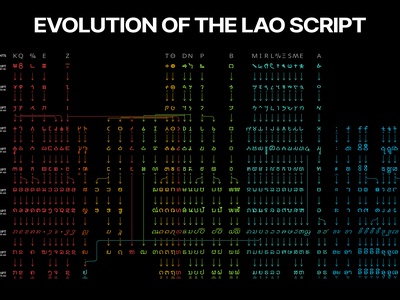
Lao
The Lao are the dominant ethnic group of Laos, primarily residing in the Mekong River valley. Their culture is deeply influenced by Theravada Buddhism, which is reflected in their serene temples, traditional music, and the central role of rice in their cuisine and daily life.
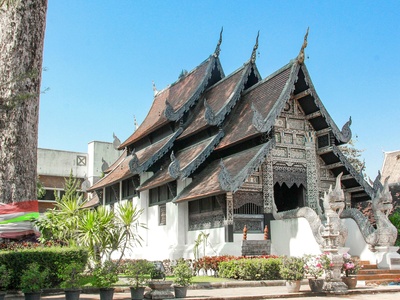
Lanna
The Lanna people, or Northern Thais, are native to the region of the former Lanna Kingdom in northern Thailand. They have a distinct culture, language, and script, and are known for their unique temple architecture, elegant traditional clothing, and famous festivals like Yi Peng.
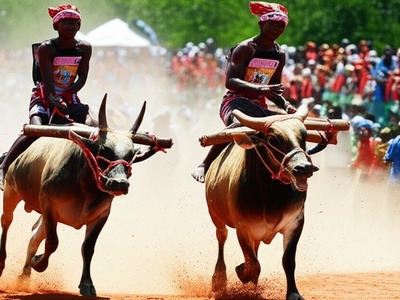
Madurese
Originating from the island of Madura off the northeastern coast of Java, the Madurese are known for their strong Islamic faith and a reputation for being direct and hardworking. Their culture is famous for the Karapan Sapi, a thrilling bull-racing festival.
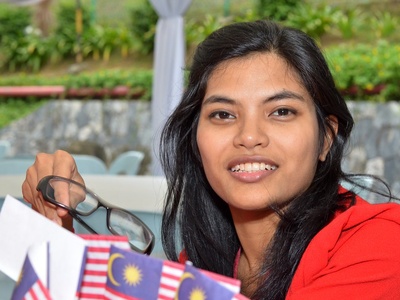
Malay
The Malay people are an Austronesian group native to the Malay Peninsula and parts of maritime Southeast Asia. Their culture is often defined by Islam, the Malay language, and a rich heritage of literature, martial arts (Silat), and traditional arts.

Minangkabau
The Minangkabau of West Sumatra are the world’s largest matrilineal society, where property and name are passed down from mother to daughter. They are renowned for their spicy and rich Padang cuisine, distinctive buffalo-horn-shaped roofs, and a tradition of merantau (migrating).
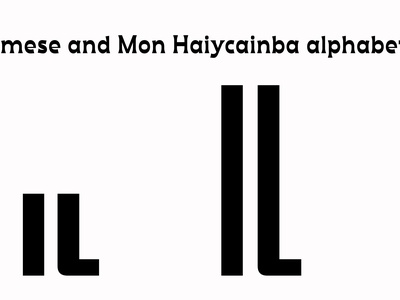
Mon
The Mon are one of the earliest peoples to inhabit Southeast Asia, with a historical kingdom in modern-day Myanmar and Thailand. They are credited with spreading Theravada Buddhism in the region and have a rich cultural heritage that has heavily influenced Bamar and Thai cultures.

Moro
The Moro are a collection of 13 Islamized ethnic groups in the southern Philippines. They have a long history of resistance against colonization and a rich cultural identity distinct from the Christian majority, expressed through their music, art, and traditional governance systems.
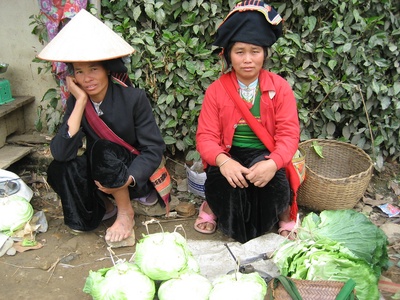
Muong
The Muong are an ethnic group closely related to the majority Kinh people, inhabiting the mountainous regions of northern Vietnam. They are considered to be among the country’s earliest inhabitants and have preserved many ancient traditions, including their epic poems and animist beliefs.
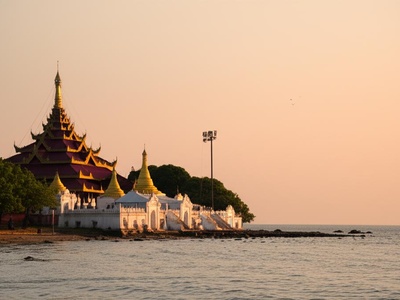
Rakhine
The Rakhine, also known as Arakanese, are native to the coastal Rakhine State in Myanmar. Their culture has a distinct history linked to the ancient Arakanese kingdom and they are predominantly Buddhist, with their own unique dialect and traditions that differ from the Bamar.
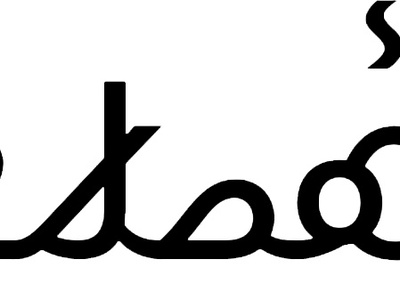
Rohingya
The Rohingya are a stateless Muslim minority group from Rakhine State, Myanmar. They have faced decades of persecution and are not recognized as citizens by the government. Their plight has led to one of the world’s largest refugee crises in recent years.
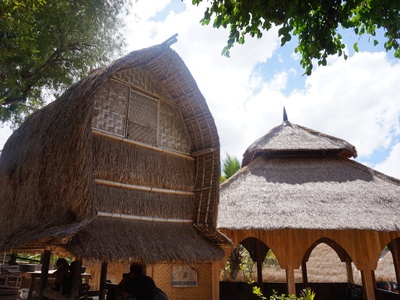
Sasak
The Sasak are the indigenous people of Lombok island, east of Bali. While a majority are Muslim, many practice Waktu Telu, a syncretic religion blending Islam with animist and Hindu-Buddhist beliefs. They are known for their unique weaving and traditional stick-fighting ceremonies.

Shan
The Shan are a Tai ethnic group who primarily live in Shan State, a large mountainous region in eastern Myanmar. They have their own language, script, and a rich history as a collection of principalities. Their culture is known for its cuisine and vibrant festivals.
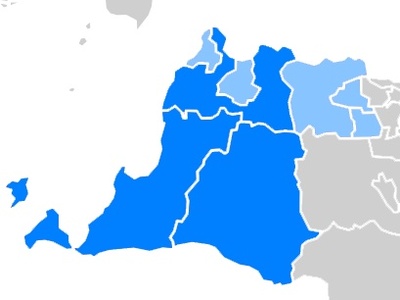
Sundanese
The Sundanese are native to the western part of Java and are Indonesia’s second-largest ethnic group. Their culture is known for its gentle and melodic gamelan degung music, the angklung bamboo instrument, and a deep appreciation for nature and tradition.
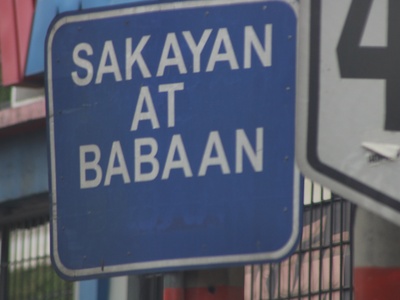
Tagalog
The Tagalog people are a major ethnic group centered in and around Manila. Their language forms the basis of the national language, Filipino. Tagalog culture has been heavily shaped by Spanish and American influences, yet it retains a strong sense of community and family values.
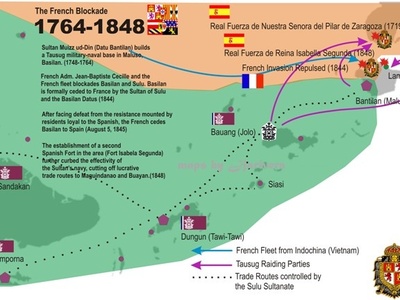
Tausūg
The Tausūg are a warrior ethnic group from the Sulu Archipelago and Sabah. Known for their historical dominance in the Sultanate of Sulu, they are fierce fighters with a strong sense of cultural pride and a rich maritime tradition.
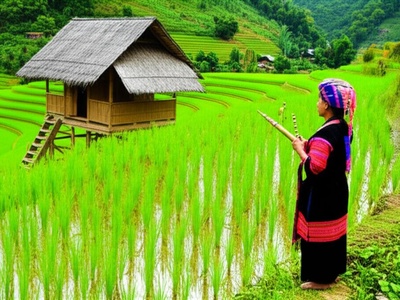
Tay
The Tay are the second largest ethnic group in Vietnam, mainly inhabiting the fertile valleys of the country’s northeast. They are known for their wet-rice cultivation, traditional stilt houses, and cultural practices like the “Then” singing, a spiritual ritual.
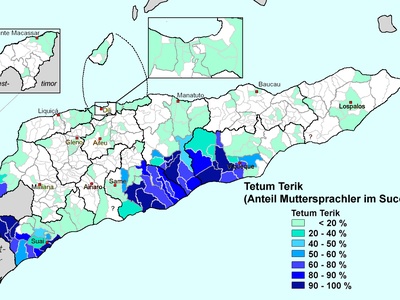
Tetum
The Tetum are the largest ethnic group in Timor-Leste. Their culture is a blend of indigenous Austronesian traditions and influences from centuries of Portuguese colonization and Indonesian rule. They are known for their traditional woven textiles called tais.
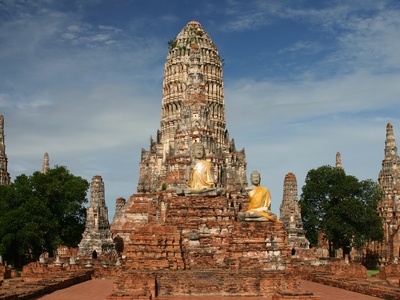
Thai
The Thai people, also known as Central Thai or Siamese, are the dominant ethnic group in Thailand. Their culture is defined by Theravada Buddhism, reverence for the monarchy, a world-famous cuisine, and traditional arts like Khon masked dance.
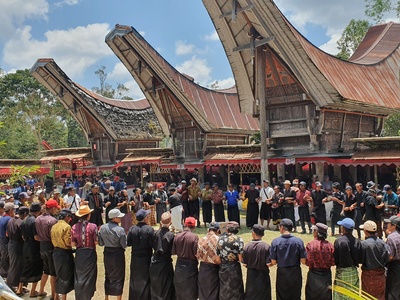
Toraja
The Toraja people from the highlands of South Sulawesi are world-renowned for their elaborate and unique funeral ceremonies. These multi-day events involve feasts, buffalo sacrifices, and intricate rituals to guide the deceased’s soul to the afterlife.
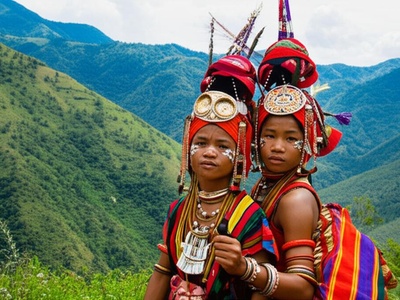
Wa
The Wa people inhabit the mountainous border region between Myanmar’s Shan State and China. They have a long and fierce history as warriors and were once known as the “Wild Wa” for their practice of headhunting. They now administer a de facto autonomous region.
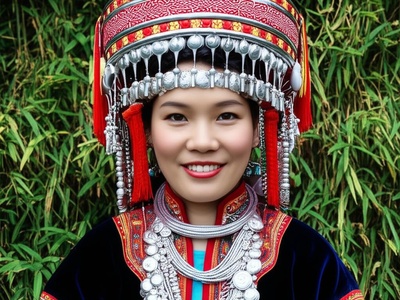
Yao
Also known as the Dao, the Yao are a diverse group living in the highlands of Southeast Asia and China. They are recognizable by their traditional clothing, often featuring intricate silverwork and red accents, and are known for their unique Daoist-influenced religious traditions.

